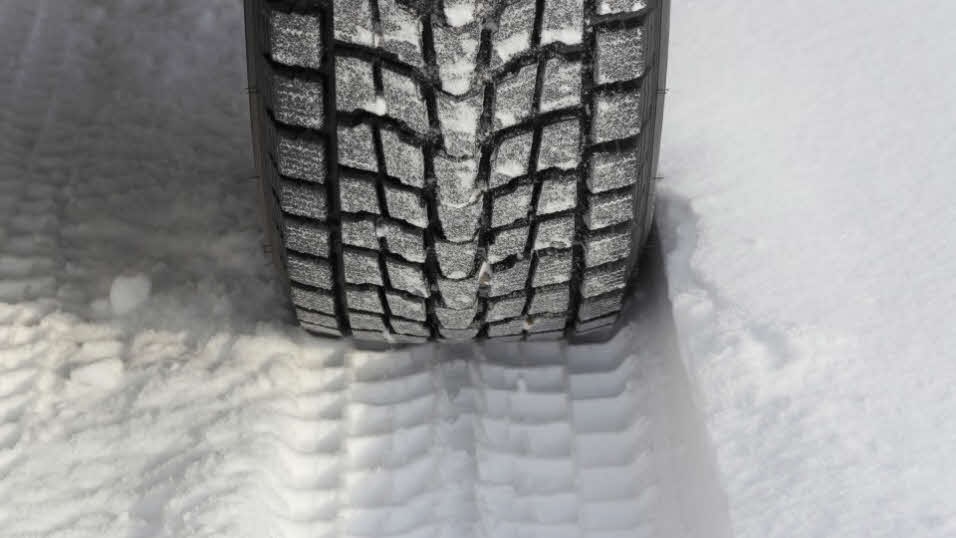Do you have a list of approved caravan and motorhome repairers?
Yes, we have a list of workshops which have been independently inspected and approved to the requirements of the Approved Caravan Workshop Scheme.

As a general rule, replacement caravan tyres should be chosen to be of the same full service description as those previously fitted. However, there are a number of situations where this might not be the case:
If you find yourself in any of these circumstances when choosing a replacement caravan tyre, follow our simple checklist.
Inflation pressure is an important issue – the safety and durability of your caravan tyres depend on them being inflated correctly. Incorrect inflation pressure can adversely affect the handling of the caravan and can also increase fuel consumption.
For any given tyre, there will be an optimum inflation pressure based on the load it is carrying. Since caravans generally operate at, or reasonably close to, their maximum weight, it is sensible to choose the optimum pressure for that load condition. If your caravan is used significantly below its maximum weight, however, you can choose an optimum inflation pressure for its actual laden weight. We strongly recommend that you should confirm the caravan’s actual laden weight in its intended loading condition on a weighbridge.
Commercial grade tyres are designed to operate over a wide range of loads and can differ when used on a caravan. For example, a tyre with a maximum inflation pressure of 54psi at its maximum load may only require a pressure of 30psi when used on a caravan.
If a wheel has been removed for servicing or to replace a puncture – we recommend you follow the correct procedure when refitting the wheel.
It is an offence to mix cross-ply and radial tyres on the same axle.
We strongly recommended that aspect ratios are also matched (80 and 82 can be counted as the same), as should ply ratings or load index values on the same axle, although these are not legal requirements. Mixing different makes of the same size or specification is OK.
Tyres must be correctly inflated, and free from certain cuts and other defects. They must have at least 1.6mm tread depth across the central three quarters of the tread breadth around the entire circumference of the tyre (depth of 20p piece outer edge). They must be of a suitable specification.
If a spare wheel and tyre is carried, it must also comply with all relevant regulations.
The maximum fine for each defective or unsuitable tyre is £2,500, plus 3 points on the driver’s licence.
As a general rule, if your vehicle meets the legal requirements for use in the UK, then it can be used across Europe without difficulty. An exception to this is the situation relating to tyres in France. Since on certain French motorways it is permissible to tow at up to 81mph (130kph), the French require that your tyres meet this requirement. This is only likely to be a concern with older caravans, but if in any doubt, check the specification of your tyres before travelling and read up on overseas driving regulations, since on-the-spot fines can be significant.
Yes, we have a list of workshops which have been independently inspected and approved to the requirements of the Approved Caravan Workshop Scheme.
Caravans and other light trailers are exempt from MOT-type testing. However to be road worthy, there are legal safety requirements that must be met. An annual service by a competent service agent (such as a member of the Approved Workshop Scheme www.approvedworkshops.co.uk) will check this, and also inspect the habitation parts of the caravan, leading to a safer and more reliable holiday. Take a look at our news article for more information.